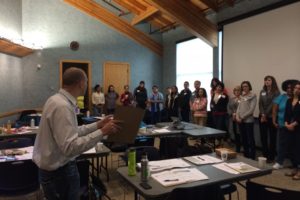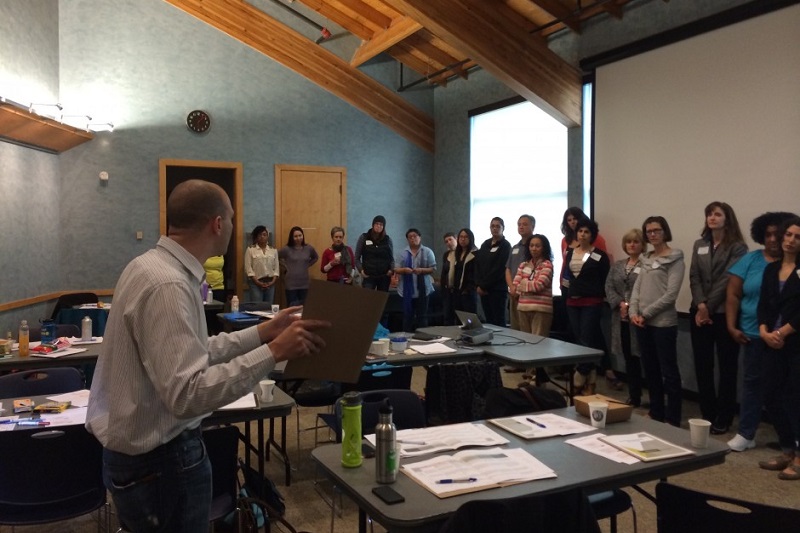Racial equity is a way of being and interacting with people; it is not a program.
“Diversity” has become a euphemism for race.
I am uncomfortable with discussions about race and I think they are really important.
Institutions have a culture and life of their own. If we don’t think about them that way, the status quo – policies, practices, and procedures that perpetuate inequity, will continue even if the people in those institutions don’t hold the beliefs that created them.
To make a systemic change, we need to focus more on institutional and structural racism than on individual racism.
 These are just a few of the thoughts and lessons I took away from a training I attended in early May, “Turning Commitment into Action,” which was hosted by the Seattle Race and Social Justice Initiative (RSJI). The training actually started nearly five months ago.
These are just a few of the thoughts and lessons I took away from a training I attended in early May, “Turning Commitment into Action,” which was hosted by the Seattle Race and Social Justice Initiative (RSJI). The training actually started nearly five months ago.
Last December, Eastside Pathways’ staff and board together visited the Pacific Science Center’s exhibit RACE: Are We So Different? An important and enlightening part of the experience was the opportunity to participate in facilitated conversations prior to and after the exhibit. The conversations were again hosted by RSJI and led by facilitators who were among 140 community volunteers that RSJI trained to lead these conversations.
The participants were tentative at first. Talking about race, racism, and privilege is difficult. Just when the discussions were getting really good, it was time to go. Stephanie Cherrington, executive director of Eastside Pathways, and, Susan Sullivan, Eastside Pathways board member, were very excited at the opportunity to pursue this work further.
Talking about racial equity and developing the social change that creates it is courageous work and is essential if we are to maximize every child’s opportunity for a productive, fulfilling life. Though critical, talk alone will never bring about the social change necessary. We need to take action.
To help bring that vision to fruition the training provided a number of concrete ways that we as a community of individuals and organizations can consider. Some of the most practical tools included:
- A self-assessment tool to evaluate how racially equitable we are in areas of organizational commitment, leadership, and governance; policies and implementation practices; organizational climate, culture, and communications; constituent voice and influence; staff composition and quality; community collaboration; data and metrics.
- A continuum to indicate our progress from a position where racial and cultural differences are seen as deficits to one where they are seen as assets.
- Strategies and tactics to help us move further along that continuum.
- A guide to help us tell the story of why we need to build racial equity and what will be different in Bellevue as a result.
This is work that will take time. For ALL kids in Bellevue, now is our opportunity to get started.
Article written by Susan Sullivan, Eastside Pathways Board Member

